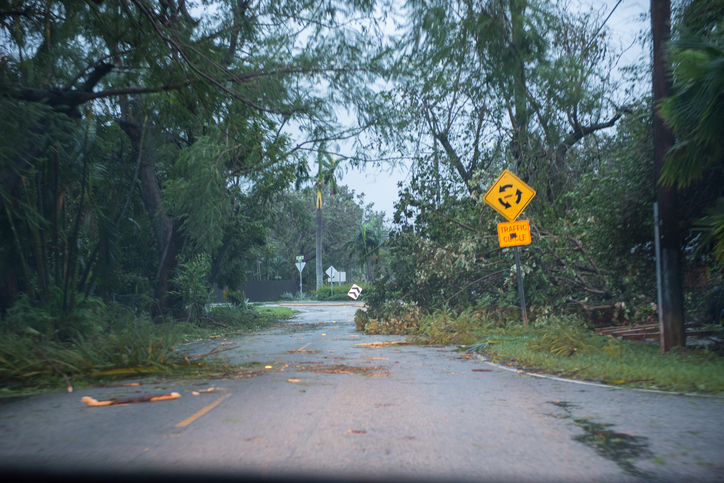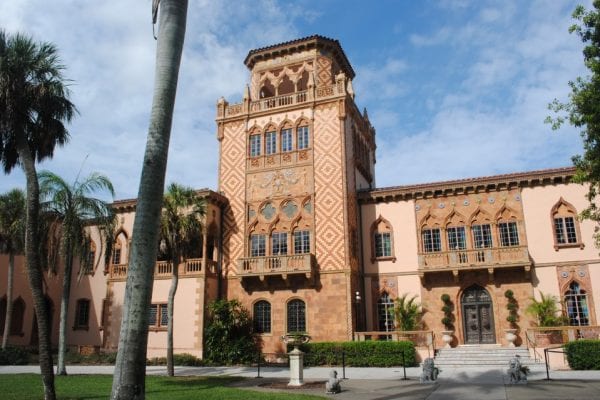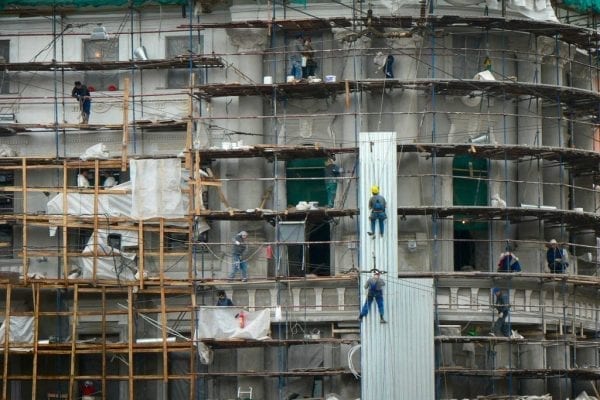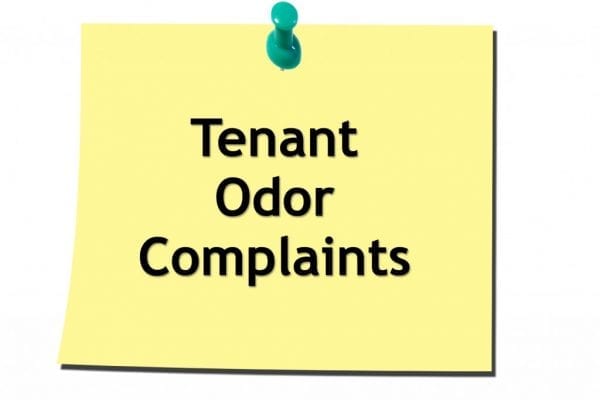When hurricane winds blow out and flood waters recede, the work of hurricane recovery begins. Our crews are currently on the ground in both Texas and Florida assisting in hurricane recovery efforts after Harvey and Irma. I’m personally overseeing asbestos and water damage assessment teams at seven sites in Texas and 24 in Florida, ranging from 2-story office buildings to 9-story multi-building resorts.
Here’s the nitty-gritty of how the hurricane recovery effort is going.
Hurricane Harvey is All About Flood Damage
It’s no secret that Harvey caused historic levels of flood damage in Houston and the surrounding areas. In general, flood waters are labeled as “category 3” water, which means that the water likely contains hazardous materials. When you’re dealing with category 3 water, any building material that has come into contact with it must be removed and replaced if it cannot be completely cleaned.
Wind-blown water is different. It’s usually labeled “category 2” and can often be remediated with fans and dehumidifiers. If you get it dried out within 72 hours, that is usually all that has to be done. After that, you run the risk of mold setting in, which can result in having to remove materials.
In the aftermath of Harvey, we’re dealing with both category 2 and category 3 water. Because many areas were inaccessible, and because of the scale of the disaster, much of the water damage was not able to be dried out in time, resulting in the need to remove and replace those materials too.
Hurricane Irma Is All About Wind and Water
Hurricane Irma did not cause the same levels of flooding that Harvey did, fortunately. As a result, most of what we’re seeing on the 24 sites we’re assessing is wind-blown water damage. This occurs when windows, doors, or walls blow out and let water in from the storm.
In cases like these, time is of the essence. Our ability to get in fast, perform the necessary tests and assessments, and deliver that info to remediation teams right away is critical.
Here’s What the Response Looks Like
Effective hurricane response takes coordination, expertise, and manpower. For both Harvey and Irma, we had teams poised outside the impacted areas well before landfall, and we stayed in communication with our clients throughout. This ensured we were ready to deploy immediately as each area became accessible.
Once we knew which buildings among our clients’ portfolios were impacted, we loaded as-built drawings into our proprietary moisture mapping software and sent our teams out with mobile devices to begin surveying for asbestos, and mapping areas of water damage.
Once our teams were allowed to be onsite, we went in and conducted asbestos surveys. This necessary step protects the safety of remediation workers, by ensuring that proper precautions are taken during the remediation process.
Using moisture meters, infrared cameras, and (where necessary) drones, our teams identified areas of water damage. They used their handheld devices to access our moisture mapping software and mark up the as-built drawings with the location and types of damage. This information was made immediately available to remediation teams, enabling them to get on site and begin their work as quickly as possible.
We Encountered A Few Surprises
One of the things that really surprised me, was the different degrees of impact in Houston and the surrounding areas. One hotel that took on 12 feet of water lost everything on the first floor–walls, flooring, beds, linens, everything. Unfortunately, many electronic items were moved to the second floor as a safe place for storage, but were ultimately impacted by the unexpected 12-foot water level.
Meanwhile, other buildings only took in a little wind-driven rain through windows, while some experienced no impact at all.
But I think what really grabs you is when you have a chance to take a break and take in the extent of the damage overall. Our teams were working 15 hour days, so most of the time we were really focused on our work. But when you take a step back and see how significant and widespread the damage can be from a storm that size… it impacts you emotionally.
Because I’ve been working with GLE on hurricane responses since Charley and Katrina back in 2005, I knew to expect some emotional impact. Before the storms hit, we made sure to line up care packages and other emotional support for our people, which helps a lot. Of course, there’s also a sense of satisfaction knowing you’re helping people get back in business, helping people get back to work.
Our assessment work in Houston and surrounding areas is beginning to wrap up. Remediation workers will continue working with our moisture maps to get their clients back in business as soon as possible. In Florida, we still have 30 people working to get surveys and assessments done. In both locations, there will probably be a second wave of work, where we will be called in for post mold remediation assessments, on those properties that could not be dried in time. All of the impacted areas have a long road to recovery, and we definitely wish them the best.
If you want to know more about how GLE helps its clients before, during, and after hurricanes, contact us today.






